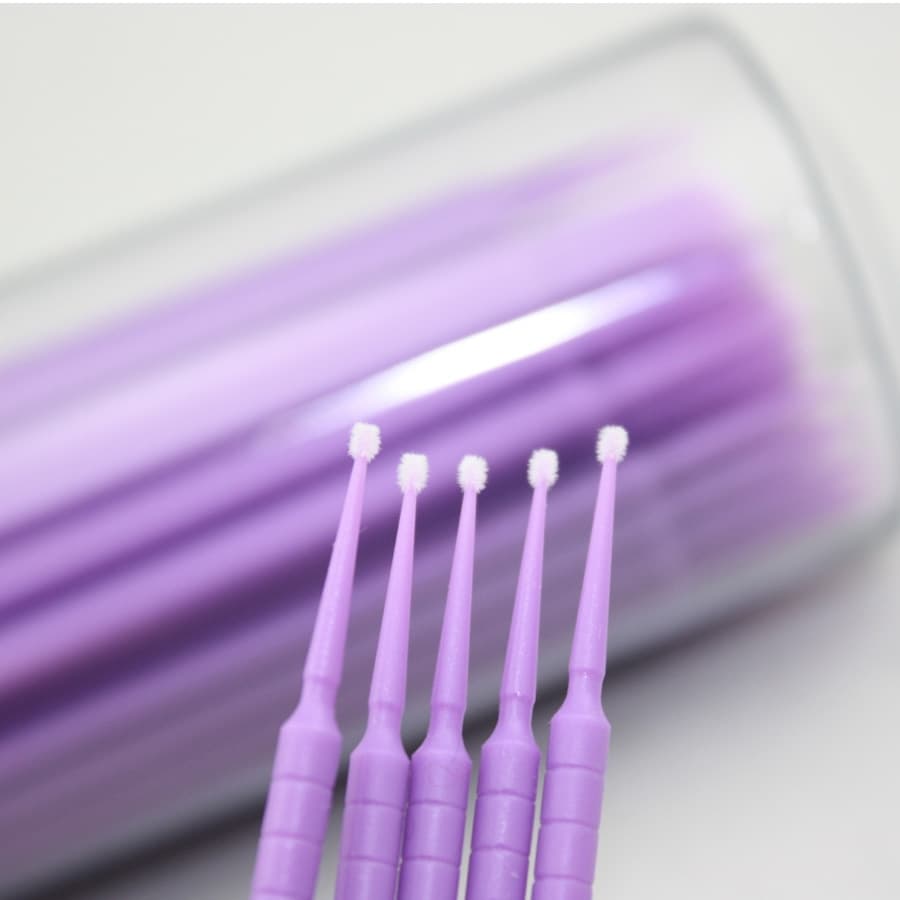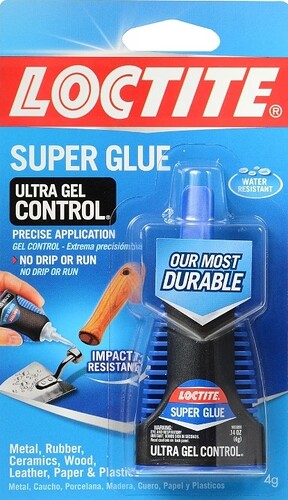How do you folks put down a micro-drop of adhesive?
I use a straight pin. But it’s more difficult if the CA is not the thin type.
CA: I put a small amount on a hard surface and then pick up a little with the end of a thin metal wire, strands from a power cord for instance
Styrene cement: I only use pure solvents, I think Tamiya Extra Thin is an equivalent. When it has evaporated there is nothing but the styrene left behind. Hold parts together and use a very small brush (not the street sweeper type included in the commercial liquid cement bottles). Apply point of brush to edge of joint. Tight joints and capillary action takes care of the rest.
Building on what Uncle Heavy said, touching the Tamiya Extra Thin brush against the inside of the bottle neck to drain excess liquid cement helps too. However, for delicate work I have a small pointed 0/3 paint brush, touch draining also helps control amounts of liquid cement it’s loaded with accordingly.
I trim down a tooth pick for applying small amounts of CA.
Also a very high quality super glue like StarBond Black seems easier to control than the cheaper stuff. Picking correct viscosity super glue helps too as thst extra thin CA can be difficult in my opinion.
For styrene cement, I use Tamiya Extra Thin Quick Setting cement. It comes with a perfect, tiny, thin brush in the bottle cap and leaves no trace when it dries two seconds later.
For CA cement of all viscosities, first, I highly recommend Starbond CA adhesives, especially their Black CA. Starbond Premium Super Glue | Cyanoacrylate Instant CA Glues | Starbon
And to apply all viscosities of CA glue, nothing can beat The Glueloopers THE GLUE LOOPER Micro-Glue Applicator
50 years of trial and error have led me to these solutions and nowadays I’m a very happy camper.
Thank you all.
Alas… no new news. Guess I’m doing things right. Like all of us, I’m looking for a simpler easy way.
Keep on keepin’ on.
The Glue Looper, Matt mentioned is pretty sweet looking. I bought it but haven’t done any tiny fiddle bits to test it out on yet.
How often do you have to clean out those loops at the end of the instrument?
You can use a small sewing needle with half of the thread loop cut off. Dip it in the cement and capillary action will “fill” the needle, then touch it to the parts and the cement will be drawn in.
For CA - Have yourself miniaturized, then apply normal sized drop. Return to normal size.
Or, instead of just using a very thin piece of copper wire, I make sure to snip it off at an angle with a no. 11 blade. Has always worked well for me. I could show tiny weld beads I have made using this method. Maybe I will if I remember this thread when I get home,A
I use dental micro brushes.
They’re plastic, so you can bend them to make applying CA more precisely.
genius! thanks
You can go online to eBay and get a bag of 100 for a couple dollars.
We are all interested in you returning home healthy and remembering about micro-welded seams.
Are you at home already? ![]()
My time varies if I’m using thin or gel. Usual after a bench session of several hours w CA I step outside and burn off dried CA with a lighter. (Recommend always doing that outside and don’t Hoover up the fumes) One variable, the packages come with a large, medium and small applicators. I typically grab the small since I use them w working w PE in 1/35. So the smaller loop will accumulate dried CA quicker.
Just dip them in acetone when they dry out. That cleans off the CA.
Yeah, I use those disposable mini brushes for CA - but they’re useless for solvent glues as they disintegrate almost instantly. Super cheap from EvilBay or Amazon.
I use a clothes needle attatched to a little piece of wood with half the eye cut off. I find it works pretty well, but you do have to use sprue cutters to clean off dried CA glue from your previous use.


